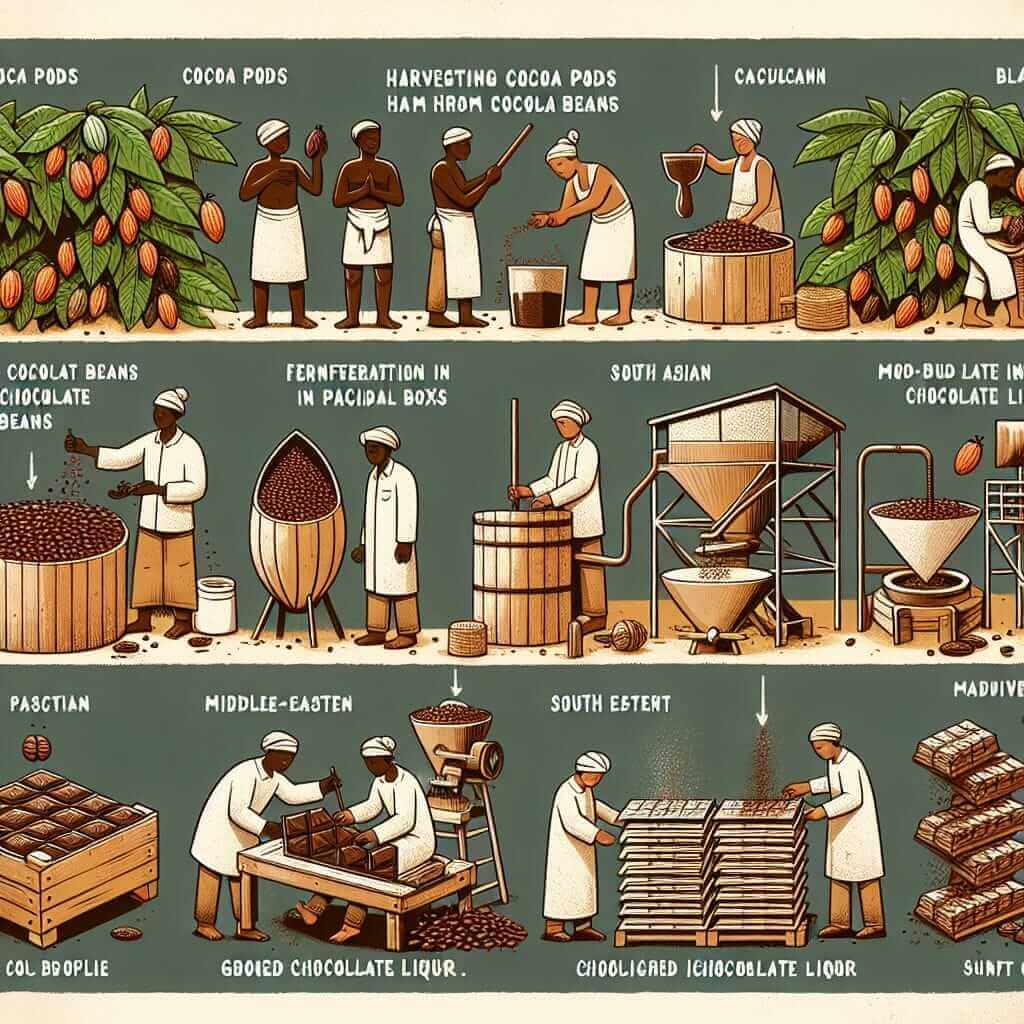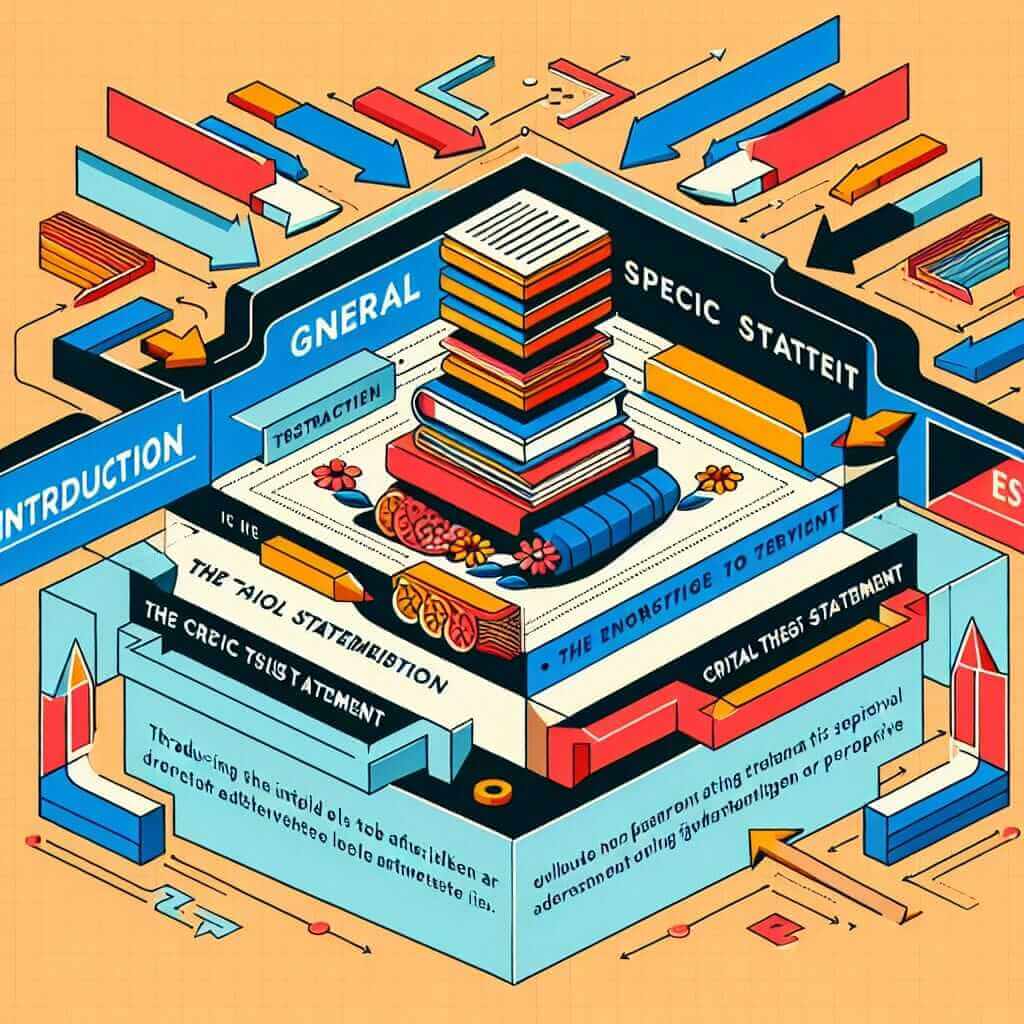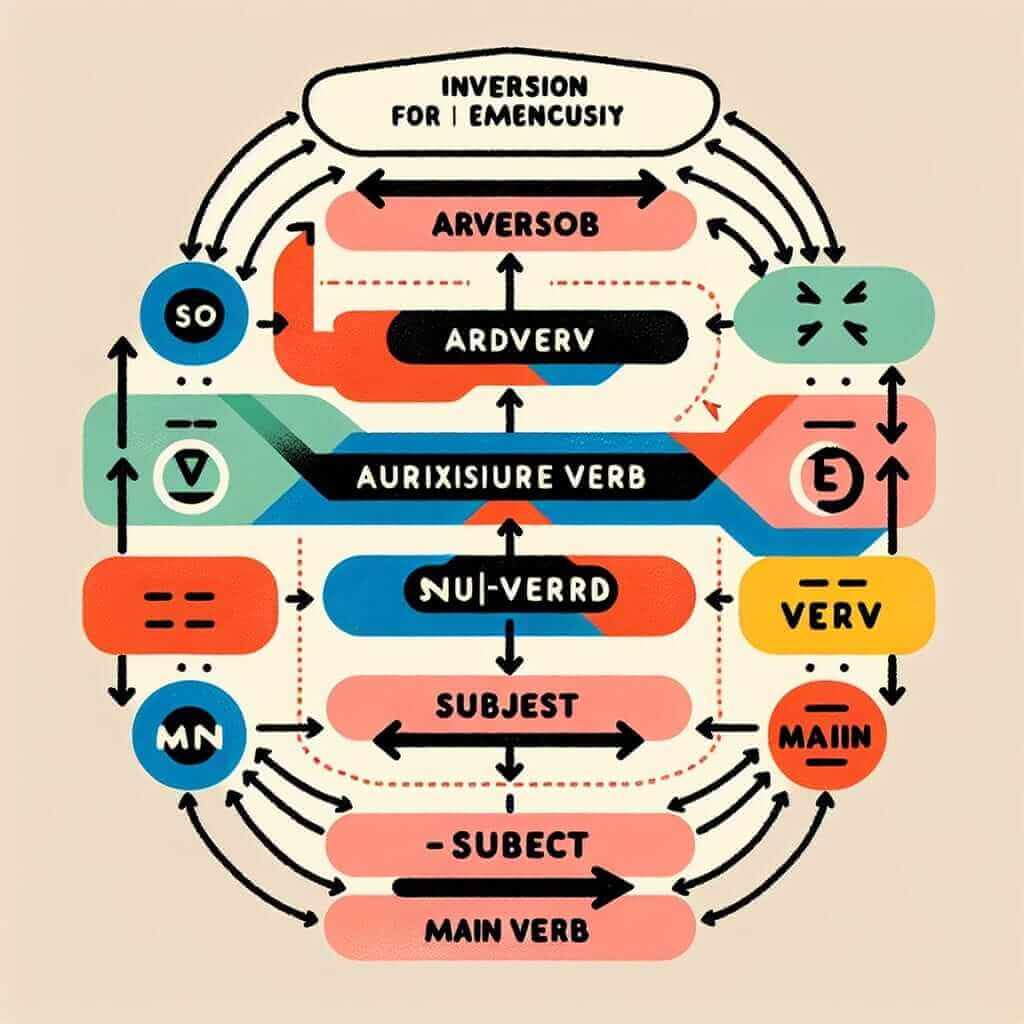Acing the IELTS Writing Task 1 can feel like deciphering a complex code, but with the right structure, you can unlock a high band score. This comprehensive guide will provide you with a clear roadmap to crafting a high-scoring Task 1 essay, complete with expert tips, real exam question examples, and common pitfalls to avoid.
Nội dung bài viết
- Understanding the Task
- The Winning Structure: Four Key Paragraphs
- 1. Introduction: Setting the Scene
- 2. Overview: Highlighting the Key Trends
- 3. Body Paragraph(s): Diving into the Details
- 4. Conclusion (Optional): A Concise Summary
- IELTS Writing Task 1: Real Exam Question Example
- Common Pitfalls to Avoid
- Practice Makes Perfect
Understanding the Task
IELTS Writing Task 1 requires you to analyze and summarize visual data presented in formats such as charts, graphs, maps, or diagrams. You’re tasked with writing a minimum of 150 words within a 20-minute timeframe. The key to success lies in presenting the information accurately, coherently, and with a keen eye for detail.
The Winning Structure: Four Key Paragraphs
Think of your Task 1 essay as a well-organized story with a clear beginning, middle, and end. This translates to a four-paragraph structure:
1. Introduction: Setting the Scene
Your introduction should be brief but informative. Begin by paraphrasing the information given in the question prompt, ensuring you use synonyms and different sentence structures.
Example:
Question Prompt: The graph below shows the percentage of households in the UK that owned different types of consumer goods between 1972 and 2007.
Paraphrased Introduction: The line graph provides a breakdown of consumer goods ownership trends among UK households over a 35-year period, from 1972 to 2007.
2. Overview: Highlighting the Key Trends
The overview is arguably the most crucial part of your essay. Here, you need to identify and summarize the most significant trends or patterns shown in the data. Avoid going into specific details; save those for the next paragraph.
Example:
Overall, the graph reveals a dramatic increase in the ownership of washing machines and central heating, while the popularity of telephones remained relatively stable throughout the period. Notably, ownership of video recorders peaked in the late 1980s before declining.
3. Body Paragraph(s): Diving into the Details
This is where you present the supporting data for the trends you highlighted in the overview. Be selective and focus on the most striking features. Use clear and concise language, and support your statements with figures and comparisons.
Example:
In 1972, only 30% of UK households had washing machines. However, this figure skyrocketed to almost 100% by 2007. A similar trend can be observed for central heating, which rose from just over 30% to nearly 95% over the same period.
4. Conclusion (Optional): A Concise Summary
While not strictly necessary, a short conclusion can help to reinforce your main points and leave a lasting impression on the examiner. However, avoid introducing any new information or simply repeating your overview.
Example:
In conclusion, the provided data illustrates a significant shift in consumer behavior in the UK, with a marked increase in the ownership of household appliances over the latter half of the 20th century.
IELTS Writing Task 1: Real Exam Question Example
Question Prompt: The diagram below shows the process of making chocolate. Summarize the information by selecting and reporting the main features, and make comparisons where relevant.
 Chocolate Making Process
Chocolate Making Process
Model Answer (Band 8):
The diagram illustrates the process involved in transforming cocoa beans into the finished product of chocolate. Overall, the process consists of eleven distinct stages, beginning with the harvesting of ripe cocoa pods and culminating in the production of solid chocolate bars.
Initially, ripe cocoa pods are harvested from the trees and split open to extract the beans and pulp. These are then fermented for several days before being spread out to dry in the sun. Once dried, the beans are cleaned and roasted at a high temperature. Following roasting, the beans are crushed and ground to produce cocoa liquor, which is then separated into cocoa butter and cocoa mass.
The final stages involve combining the cocoa mass with sugar and additional cocoa butter to create chocolate. This mixture undergoes a process of conching, where it is stirred and heated to develop its smooth texture. Finally, the liquid chocolate is poured into molds, left to solidify, and then packaged for distribution as chocolate bars.
(Word count: 154)
Common Pitfalls to Avoid
- Overlooking the overview: Many candidates rush into describing specific details without first providing a clear overview of the main trends.
- Data overload: Don’t try to include every single piece of data. Focus on the most significant trends and support them with key figures.
- Lack of comparisons: Where relevant, make comparisons between different data points to highlight significant differences or similarities.
- Ignoring time periods: When dealing with data that shows changes over time, make sure you accurately describe the time periods involved.
- Repetition: Avoid repeating the same vocabulary or sentence structures throughout your essay.
Practice Makes Perfect
The key to mastering IELTS Writing Task 1 is consistent practice. Use official IELTS practice materials, familiarize yourself with different question types, and aim to write at least one essay per day. You can also benefit greatly from seeking feedback from experienced IELTS instructors, who can pinpoint areas for improvement and help you refine your technique. For more insights on IELTS Writing and other sections, explore our comprehensive resources on IELTS.net.
We encourage you to leave your thoughts, questions, and experiences in the comment section below. Happy writing!


